It was wonderful to be invited back to AHO after such a long time to give a talk (see separate post) and a workshop for the interaction design students.
I decided to try a “walkshop” following in the footsteps (ahem) of James Bridle, Adam Greenfield, Deb Chachra (and many others I’m sure) to investigate how the invisible networks of electricity in our everyday lives, and the environment around us.
I based it loosely on Kevin Kelly’s “Big Here” quiz – that aims to ask (tough) questions that locate you in the technical, logistical and natural ecologies we are embedded in.
If I’d thought of it i should have shown the first 30 minutes of the first episode of James Burke’s “Connections”too.
We started the day with a short talk from me (the slides of which are below) introducing the topic and how we’d examine it in the walkshop.
After that we went on a ‘local energy safari’ and then for a few hours the students prepared responses and communication pieces based on what they’d found. I’ll post some of those separately.
It was a beautiful spring day – which was perfect for a ‘walkshop’ – and the students were enthusiastic participants in what I think was a *partially* successful experiment.
I’ll write a bit about that in another post on their responses.
Huge thanks to Mosse for the invitation and all the AHO students for their energy and patience!
I’d love to try this again – or have others try it! Please do get in touch if you’d like to do it somewhere else in Europe, or better yet invite me to do it with you!
Update [September 28th 2023]: Before I did this I was sadly not aware of Jenny Odell’s fantastic 2013 project “Power Trip”, which explores this territory beautifully.

I found the project coincidentally while sending a friend Odell’s site, based on his discovery of some google maps derived artworks, which I’d associated for years with the artist.
Back at Google Creative Lab, we’d worked with her on creating giant murals on the sides of data centres – themselves places of infrastructural fascination and critique by many of the artists referenced in this workshop…
Electrosheds Intro talk

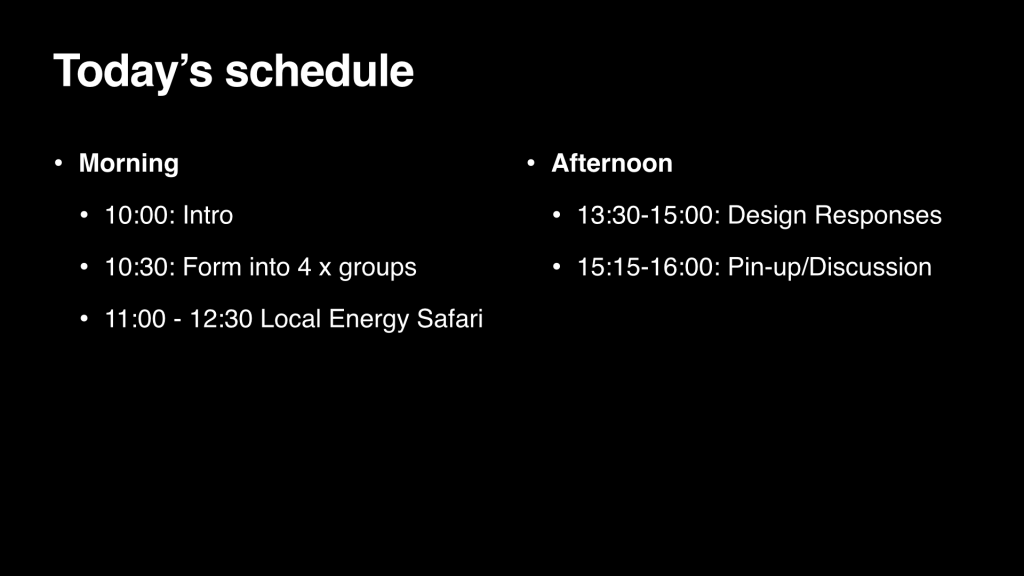
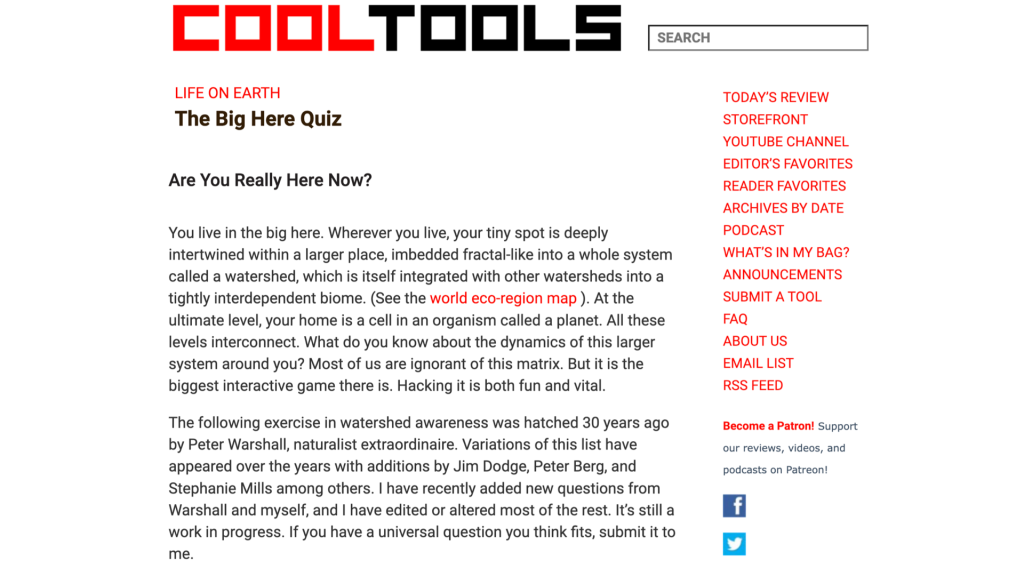
One of my favourite pieces by Kevin Kelly is this – the ‘watershed quiz’.
In this he asks a set of questions which locate you in your ‘Big Here’.
You start where you are, and begin to pull the thread out to larger and larger scales…
“You live in the big here. Wherever you live, your tiny spot is deeply intertwined within a larger place, imbedded fractal-like into a whole system called a watershed, which is itself integrated with other watersheds into a tightly interdependent biome. At the ultimate level, your home is a cell in an organism called a planet. All these levels interconnect. What do you know about the dynamics of this larger system around you? Most of us are ignorant of this matrix. But it is the biggest interactive game there is. Hacking it is both fun and vital.”
The Big Here Quiz, Kevin Kelly https://kk.org/cooltools/the-big-here-qu/
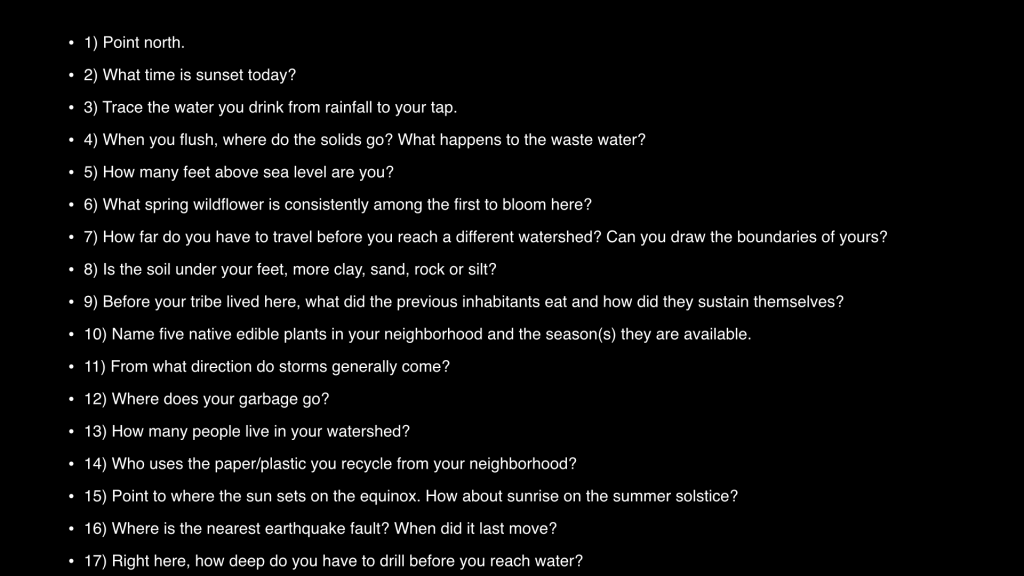

Andrew’s book is a striking piece of “Big Here” writing – pulling on the thread of his squirrel-sabotaged internet cabling and ending up half way around the world watching divers swim ashore carrying backbone-fibre over their shoulders.
I want us to do something similar with our energy, leaving this room and following where our energy is coming from, and noting how others are embedded similarly.









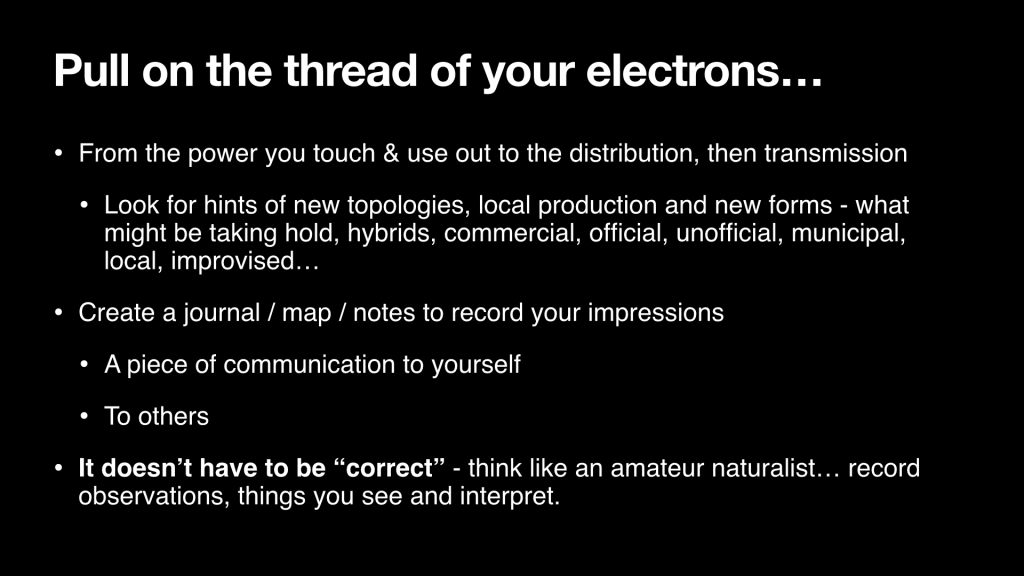
We’re going to leave AHO and ‘pull on the thread of your electrons’, like Andrew Blum did with his connectivity bits…
• From the power you touch & use out to the distribution, then transmission
• Look for hints of new topologies, local production and new forms – what might be taking hold, hybrids, commercial, official, unofficial, municipal, local, improvised…
Then
• Create a journal / map / notes to record your impressions
• A piece of communication to yourself
• To others
Please remember!
• It doesn’t have to be “correct” – think like an amateur naturalist… record observations, things you see and interpret.

This morning I tried pulling on the thread from the apartment I’m staying at…


I looked up the names I found on the various (old) bits of electrical infrastructure in the apartment. This gave me some threads to pull on.
To pull on those threads I consulted the wonderful Open Infrastructure Map.

Do you recognise this building?

Yep – it’s right across the street from AHO. And it’s the first link in a big chain from this area out to where the electrons we’re using right now probably originate.
Let’s pull the thread!

Zooooooming out – we can see some next links in the chain

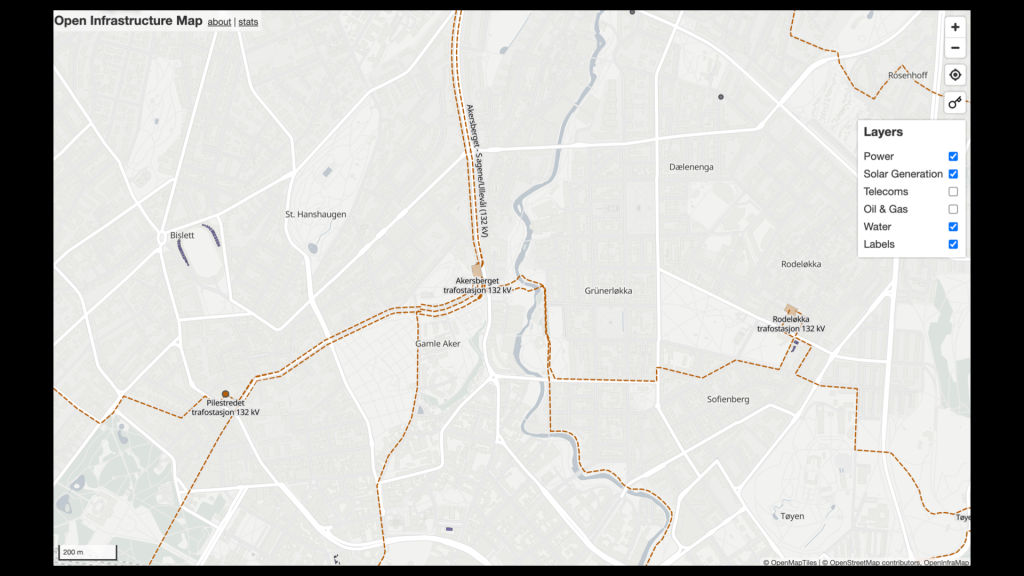

Looking at this, we can make a decision to follow the thread through the Sogn Substation back to the generating sources.


Again, we can decide to follow the thread of our electrons to one of the nearest hydroelectric generators – Nore II around 180km away.

We could drive there in about 3hrs – or take a very long but scenic cycle there in the extended Norwegian (summer) day…

I mean, it looks lovely there!

So – just from your desktop you can explore pulling on your energy thread. But today, we’re going to go outside and walk around our area to see what we can find.
We’re going to explore the Grunerløkka area in groups

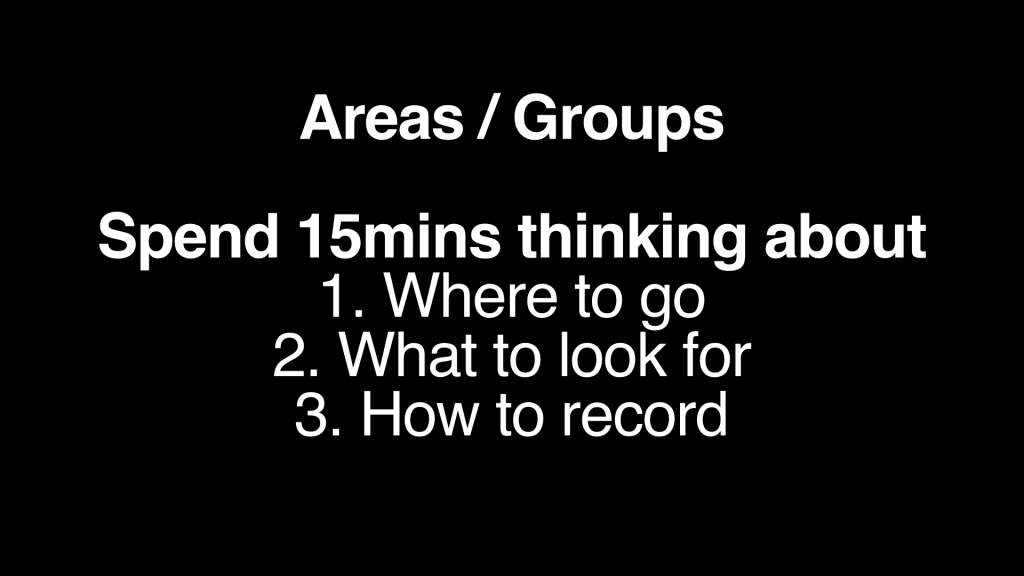
[We then left AHO in groups and explored the area in our “Local Energy Safari”]
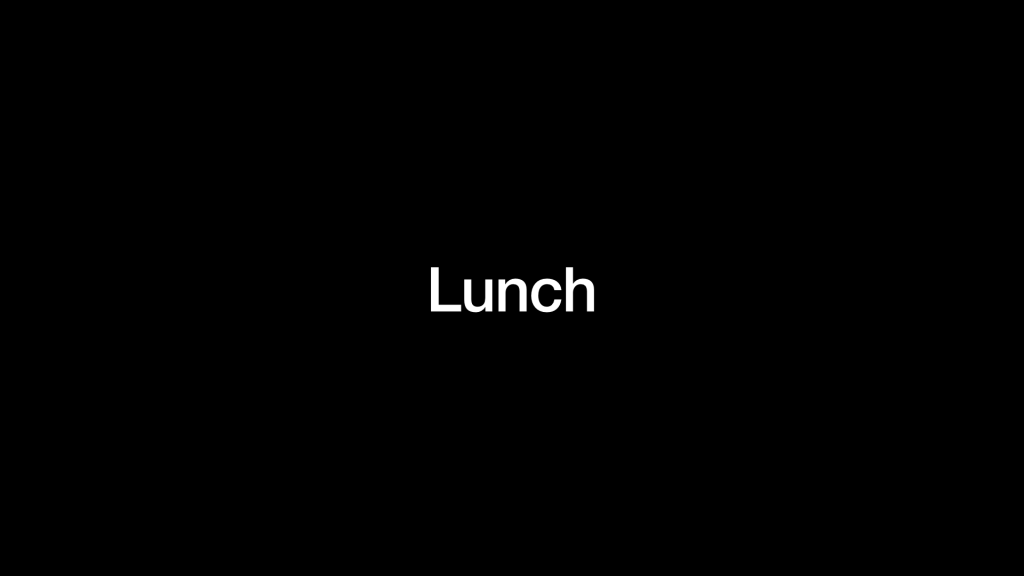
[After returning from the energy safari walkshop component, we attempted ‘design responses’ to what was found for about 90mins – this was in hindsight too short, but there were still some great outputs]

Now we’re going to make some designed responses to what we saw, recorded, found.
Again – these could be communications or mappings, or more generative/speculative responses. Here are some prompts from me, let’s see what we get!

You might have spotted interesting new hybrids emerging – what could those lead to?
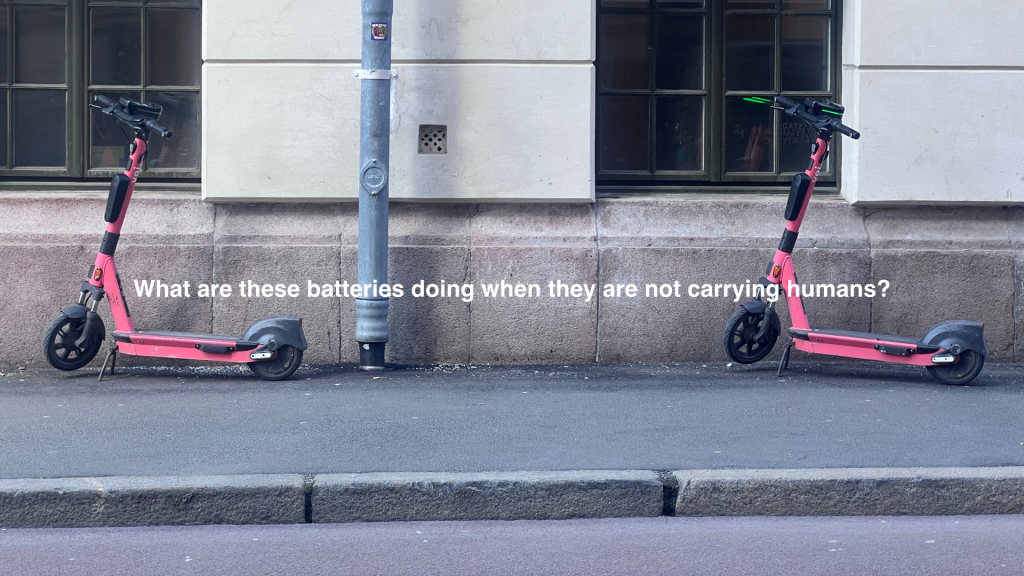

You could think about social structures that could emerge around adversity or abundance – for instance some of the energy-sharing practices that emerged around Occupy Sandy in NYC.
And for inspiration only, the work of Clifford Harper in 1970s on ‘radical technology’ reprogramming and using appropriate technology to share resources in a town

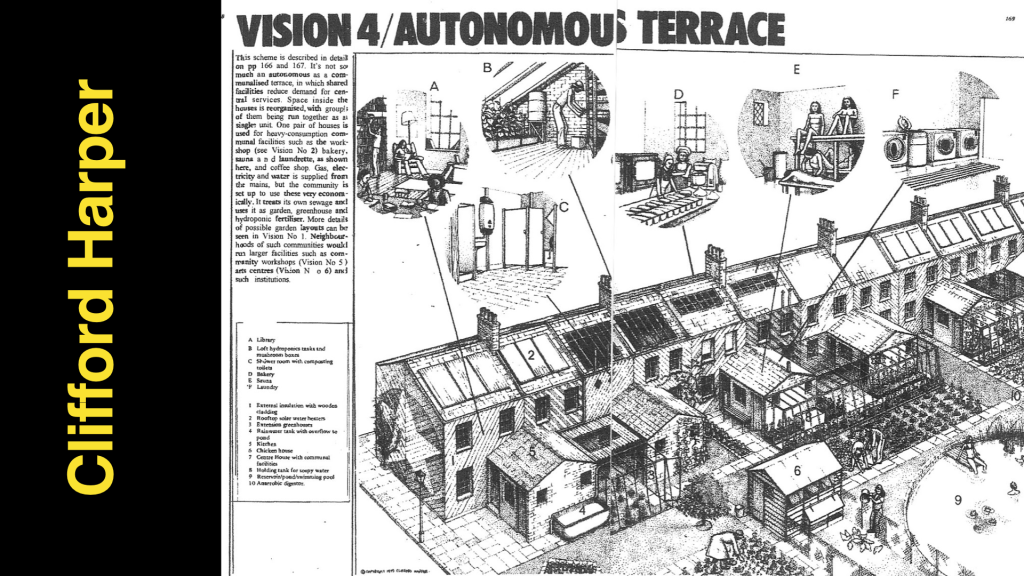

Again for inspiration – perhaps make a page from a future whole earth catalog documenting technology, practices, methods around your energy safari ideas.

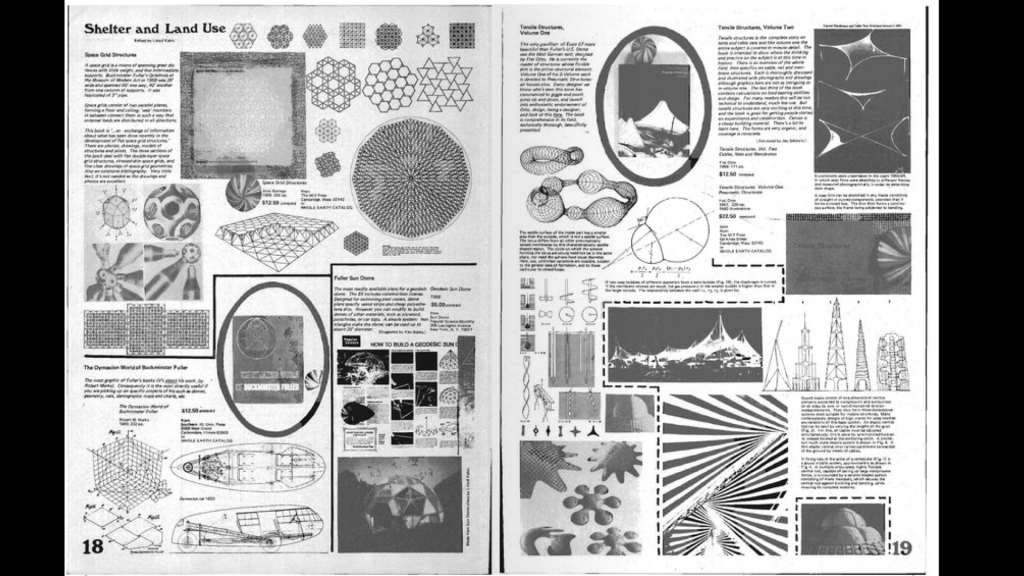

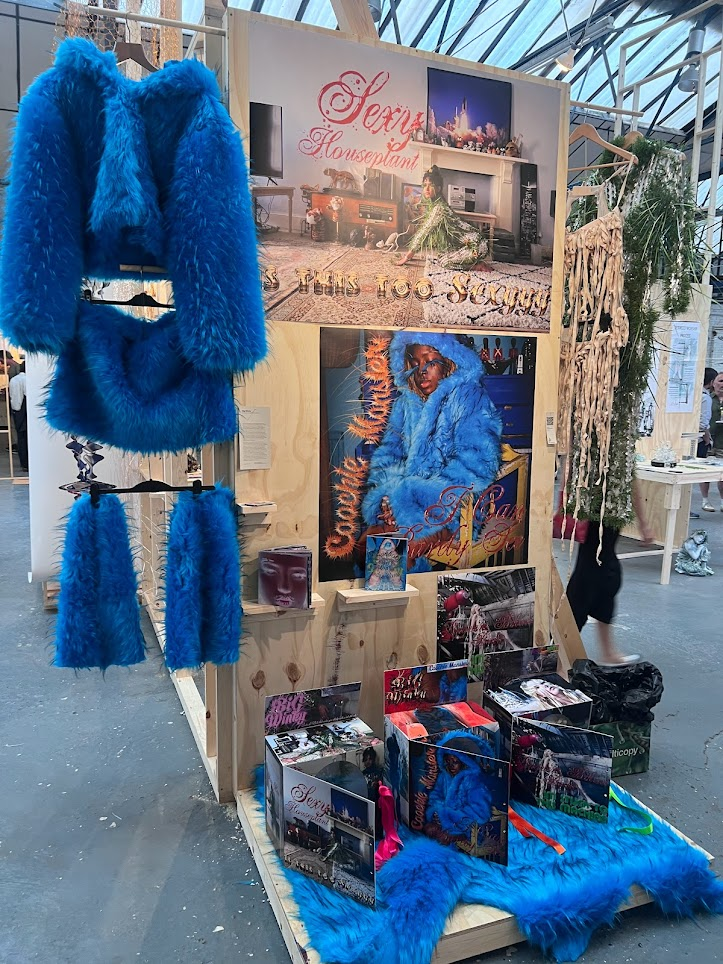

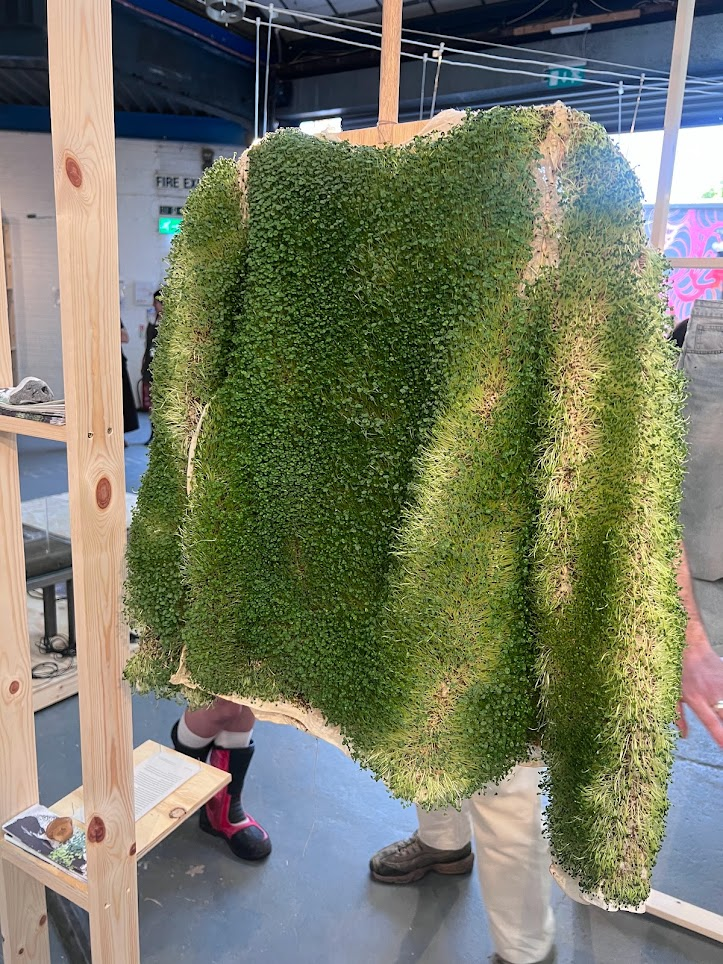










![Reblog this post [with Zemanta]](https://i0.wp.com/img.zemanta.com/reblog_e.png)







